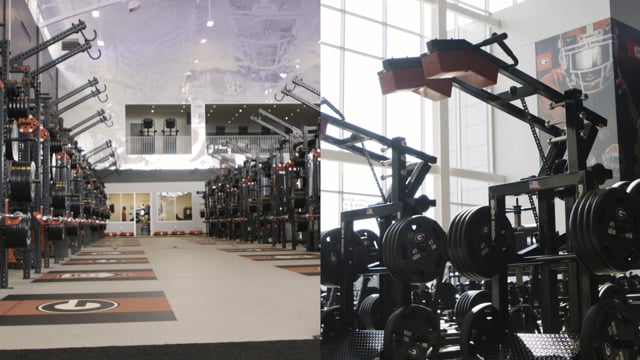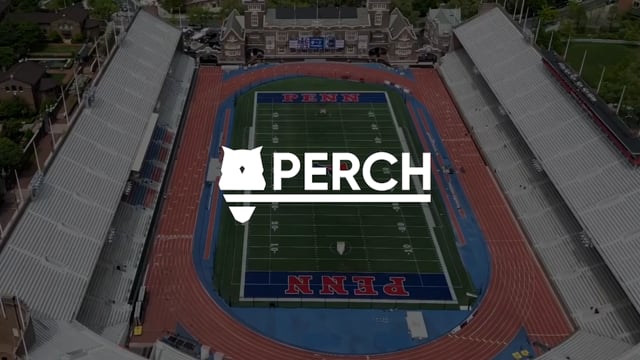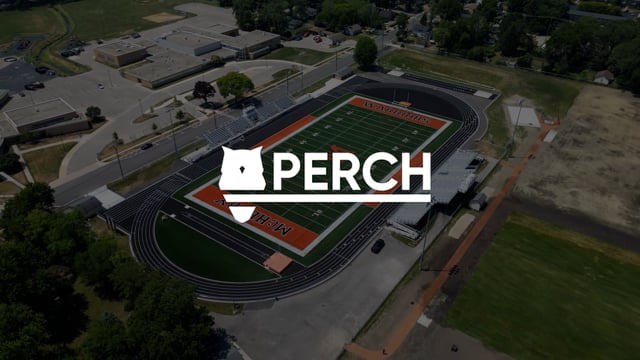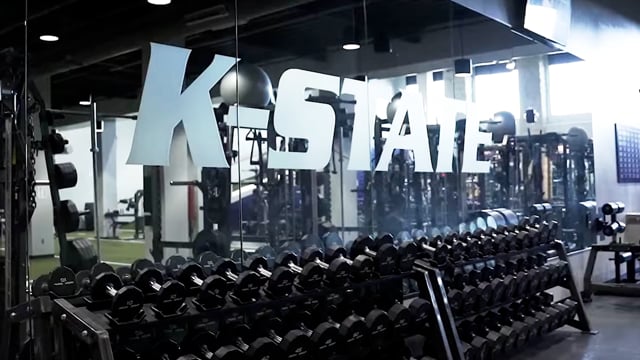Creating Individualized Training Zones Using Velocity Metrics

Creating Individualized Training Zones Using Velocity Metrics
Introduction
One of the most powerful evolutions in modern strength training is the shift from one-size-fits-all programming to data-driven individualization. With advances in technology, coaches can now tailor training to the unique abilities and daily readiness of each athlete. At the heart of this approach is velocity-based training, or VBT. Using velocity data to establish individualized training zones allows for smarter programming, better performance, and safer training environments.
In this blog, we will explore how to create and apply velocity training zones. You will learn how bar speed reflects training intent and athlete readiness, how to identify target zones across different strength qualities, and how VBT supports auto-regulation and long-term progress.
What Are Velocity Training Zones
Velocity training zones are ranges of bar speed that correspond to specific training adaptations. Rather than assigning loads based on a percentage of one repetition max, coaches use bar speed to determine the intensity of a lift.
Each zone aligns with a point along the force velocity curve. This curve describes the inverse relationship between the amount of force an athlete can produce and the velocity at which they can produce it. At one end is maximal strength, characterized by slow but heavy lifts. At the other end is speed and ballistic power, where lighter loads move quickly.
By defining training zones with velocity data, coaches gain a real-time snapshot of performance. This approach captures how an athlete is moving today, not how they performed during testing weeks ago.
Why Train by Velocity Instead of Percentage
Traditional percentage-based programming uses a fixed number based on one repetition max testing. For example, an athlete might be prescribed 85 percent of their one repetition max for five repetitions. While this method has been widely used for decades, it does not account for day-to-day variability.
Fatigue, stress, sleep, nutrition, and other recovery factors can all influence how an athlete performs on any given day. What feels like 85 percent today might have felt like 90 percent last week. If training prescriptions do not adjust for this, athletes may underperform or overtrain.
Velocity-based training solves this by providing immediate feedback on how fast the bar is moving. If an athlete is moving a load faster than expected, they are likely prepared for more intensity. If the bar speed is slower, they may need lighter loads or more rest.
Testing to Establish Baselines
To create velocity training zones for your athletes, begin with a load velocity profile. This process involves tracking how bar speed changes as load increases. Start with a light load and gradually increase weight while measuring the corresponding bar velocity.
Plotting these data points creates a load velocity curve. This allows you to estimate the loads that correspond to each training zone for that specific athlete. More importantly, it allows you to track progress over time.
For example, if an athlete can lift 70 percent of their one repetition max at 0.85 meters per second and after a month they can move that same load at 1.0 meters per second, it is a clear indicator of improved power output.
Auto-Regulation in Practice
Auto-regulation means adjusting training variables based on how an athlete performs in real time. Velocity training zones make this practical and precise.
Here is how it might look in a training session:
- A coach prescribes a barbell squat at 0.7 to 0.8 meters per second for speed strength
- The athlete performs their first set and moves the bar at 0.9 meters per second
- This indicates the load is too light for the intended adaptation
- The coach increases the weight until the athlete is within the target rangeIf an athlete moves the bar at 0.6 meters per second during the same prescription, the coach may reduce the load or modify the rest interval to maintain training quality
- This system allows training to match the athlete’s actual readiness, rather than adhering to arbitrary numbers. It also reduces risk of injury and promotes long-term development.
Recovery Monitoring and Fatigue Management
Velocity metrics also help coaches monitor recovery status. When an athlete is fatigued, their bar speed typically drops. By tracking velocity loss within a set or across a workout, coaches can detect signs of accumulated fatigue.
For example, if an athlete begins a set at 0.8 meters per second and by the third rep is moving at 0.6 meters per second, this may indicate excessive fatigue. The coach can then shorten the set, increase rest, or adjust training volume accordingly.
This dynamic approach helps prevent overtraining and keeps athletes in their optimal performance zones. Over time, this improves consistency and reduces risk of injury or burnout.
Application Across Sport and Skill Levels
Velocity-based training is not just for elite or professional athletes. It is applicable across all training levels, from youth and high school programs to collegiate and recreational settings.
Younger athletes benefit from learning intent early. When they are taught to move with speed and focus on quality reps, they develop better technique and body awareness. The real-time feedback encourages accountability and keeps them engaged.
More advanced athletes can fine-tune their performance by using velocity zones to target specific adaptations. Whether they are preparing for a competition or transitioning between phases of a training cycle, VBT offers the precision needed for peak performance.
Even in teams with limited resources, using one or two velocity tracking systems on key lifts can provide significant insight. Coaches can rotate athletes through monitored stations or track progress across different training blocks.
Integrating VBT with Traditional Programming
Velocity training zones do not have to replace traditional programming. They can enhance it. Coaches can still use periodization, progressions, and percentage-based schemes while using velocity data as a check or adjustment tool.
For instance, if your program calls for five sets at 80 percent of one repetition max, monitor bar speed on the first few sets. If athletes are moving the weight faster or slower than expected, you can adjust accordingly.
Over time, velocity profiles can also inform your percentage prescriptions. You may find that an athlete who performs best at 0.6 meters per second makes better progress with slightly different loading than originally planned.
Common Mistakes to Avoid
While VBT is a powerful tool, it requires thoughtful implementation. Avoid these common mistakes
- Relying only on one rep or set for data. Make decisions based on trends and patterns, not isolated reps.
- Failing to communicate purpose. Athletes should understand why certain velocity ranges matter for their goals.
- Overcorrecting for minor fluctuations. Allow for normal variability. Focus on consistent trends over time.
- Using VBT as a performance comparison tool rather than a development tool. Each athlete should be measured against themselves, not others
Conclusion
Creating individualized training zones using velocity metrics allows coaches to meet athletes where they are. It replaces guesswork with data and helps build training environments that support performance, safety, and motivation. With tools like Perch, velocity-based training is no longer reserved for elite programs. It is an accessible, impactful way to personalize development at every level.
By integrating velocity zones into your training, you give athletes the feedback they need to move with intent and adapt in real time. The result is a stronger, smarter, and more resilient team.
Ready to bring velocity training zones to your program? Learn how Perch can help you individualize strength training with real-time data.
Sources
- Mann, J. B., & Haff, G. G. (2016). Applied Strength and Conditioning Techniques. Human Kinetics.
- Banyard, H. G., Nosaka, K., & Haff, G. G. (2017). Reliability and Validity of the Load Velocity Relationship to Predict 1RM. Journal of Strength and Conditioning Research.
- Weakley, J. J., McLaren, S. J., et al. (2021). Understanding the Practical Application of Velocity-Based Training. Strength and Conditioning Journal.
- Jovanovic, M., & Flanagan, E. P. (2014). Researched Applications of Velocity-Based Strength Training. Journal of Australian Strength and Conditioning.

Start Gathering Data With Perch Today!
Reach out to us to speak with a representative and get started using Perch in your facility.








































































.avif)

































